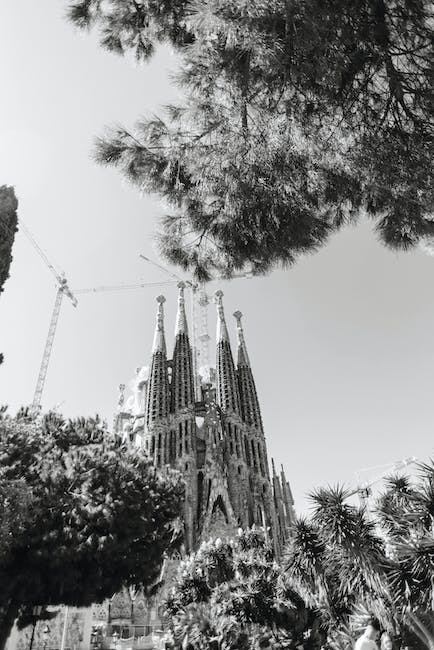As we journey through the world, we often come across tangible treasures that leave us in awe. But what about the intangible treasures that have been passed down from generation to generation? These are the cultural practices, traditions, and expressions that have shaped communities and societies for centuries. UNESCO, the United Nations Educational, Scientific and Cultural Organization, recognizes the importance of these intangible treasures and has created a list of them for the world to appreciate and preserve. Join us on a journey through UNESCO’s intangible treasures and discover the richness and diversity of human culture.
1. Discovering the Hidden Gems: A
UNESCO’s Intangible Cultural Heritage list is a treasure trove of traditions, customs, and practices that have been passed down through generations. These intangible treasures are a testament to the diversity and richness of human culture. From music and dance to cuisine and crafts, each element on the list is a unique expression of a community’s identity and heritage.
Exploring these hidden gems is a journey of discovery that takes you on a cultural odyssey around the world. You can experience the vibrant rhythms of Samba de Roda in Brazil, witness the intricate art of Chinese calligraphy, or taste the delicious flavors of Turkish coffee. Each element on the list has a story to tell and a lesson to teach. By immersing yourself in these intangible treasures, you can gain a deeper understanding of the world and its people.
2. Unveiling the Cultural Riches: Exploring UNESCO’s Intangible Heritage List
UNESCO’s Intangible Heritage List is a treasure trove of cultural riches waiting to be explored. From traditional dances and music to oral traditions and craftsmanship, this list celebrates the diversity of human expression and the importance of preserving it for future generations. Here are some of the highlights from this list:
– The Carnival of Binche: This Belgian festival is a vibrant celebration of the coming of spring, featuring colorful costumes, music, and dances. The highlight of the festival is the Gilles, a group of men dressed in elaborate costumes and masks who throw oranges to the crowd.
– The Traditional Mexican Cuisine: Mexican food is known for its bold flavors and colorful presentation, but it’s also a reflection of the country’s history and cultural diversity. From the use of corn and chili peppers to the preparation of mole and tamales, Mexican cuisine is a testament to the ingenuity and creativity of its people.
– The Art of Chinese Calligraphy: Calligraphy is not just a form of writing, but a form of art that requires skill, patience, and creativity. Chinese calligraphy is particularly renowned for its beauty and elegance, with each stroke conveying a different emotion or meaning.
These are just a few examples of the cultural riches that can be found on UNESCO’s Intangible Heritage List. By exploring and celebrating these traditions, we can gain a deeper appreciation for the diversity of human experience and the importance of preserving it for future generations.
3. From Music to Dance: A Fascinating Tour of UNESCO’s Intangible Treasures
UNESCO’s Intangible Cultural Heritage list includes a wide variety of fascinating traditions, from music to dance. These intangible treasures are an essential part of the world’s cultural diversity and are worth exploring. Here are some of the most exciting examples of intangible cultural heritage that UNESCO has recognized.
One of the most famous examples of intangible cultural heritage is flamenco, a traditional Spanish dance that originated in Andalusia. Flamenco is a complex art form that combines singing, guitar playing, dancing, and hand clapping. It has a long history and has been influenced by various cultures, including Arabic, Jewish, and Gypsy. Flamenco is a passionate and emotional dance that expresses a range of feelings, from joy to sorrow. It is a beautiful and captivating art form that has become popular all over the world.
Another fascinating example of intangible cultural heritage is the traditional music of the Maldives. This island nation in the Indian Ocean has a rich musical heritage that includes various forms of folk music, such as boduberu, which is a type of drumming, and thaara, which is a type of singing. The music of the Maldives is an essential part of the country’s culture and is often performed at festivals and celebrations. It is a unique and beautiful art form that reflects the history and traditions of the Maldives. As we come to the end of our journey through UNESCO’s intangible treasures, we are left with a sense of wonder and appreciation for the diverse cultures and traditions that make up our world. From the vibrant dances of Brazil to the intricate weaving techniques of Laos, these intangible treasures are a testament to the creativity and resilience of humanity. As we continue to navigate the challenges of the modern world, it is important to remember the value of preserving and celebrating these cultural expressions. Let us continue to explore and learn from the intangible treasures of our world, and honor the rich heritage of our global community.






























